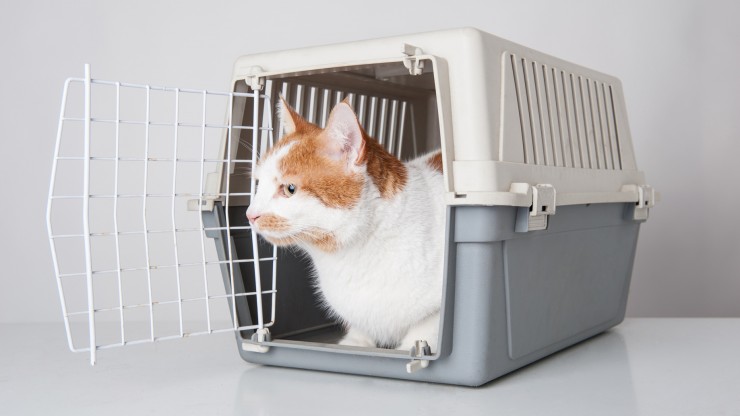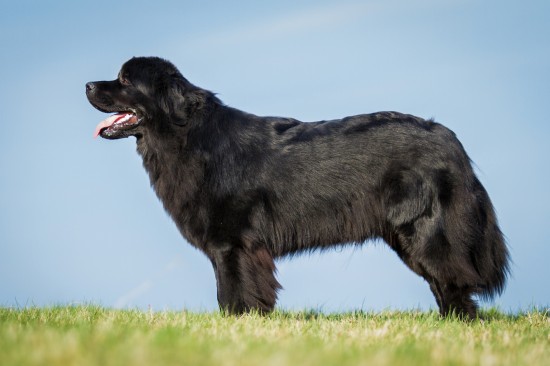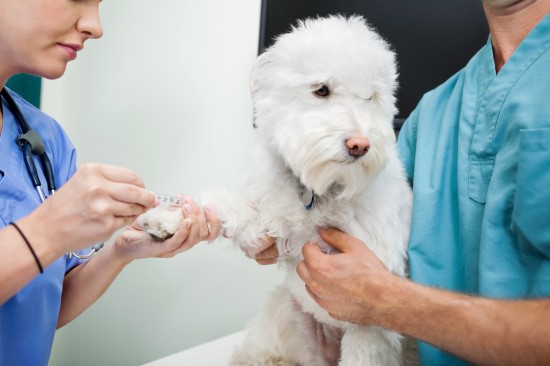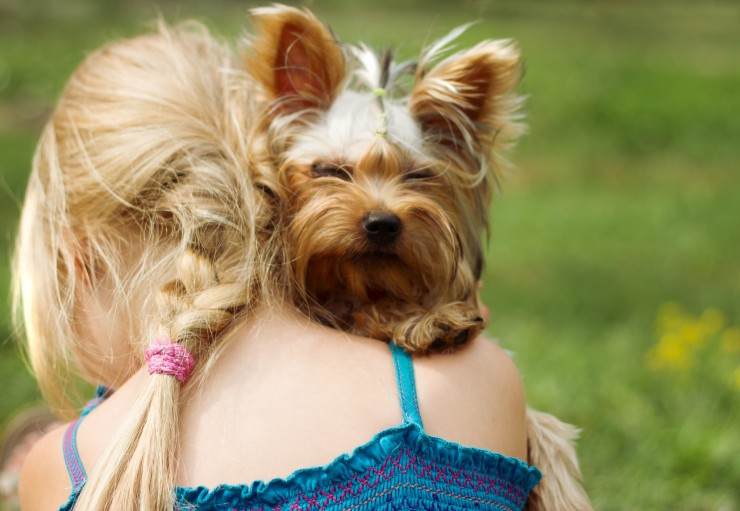
Rewarding your dog is the best motivator when training. It is well known that using rewards and other positive reinforcement when obedience training a dog is the most effective method and achieves the best results.
You can make obedience training fun for the dog - and yourself too - by making a game of it. This makes both your dog and you, as the trainer, more willing and motivated to give it your all. Incorporate a period of play at the start and the end of each training session to ensure that the session ends positively. Teaching your dog to heel is the most basic of all the obedience commands. This refers to having the dog walk along with you on a loose lead. Heeling is generally the first obedience behavior taught to a dog, and it is easy to teach this using reward training.
Begin the training by getting your dog a good training collar and lead. Make sure the collar is strong and fits the dog properly. If you don't know how to fit the collar, ask a dog trainer or the pet store manager when you buy your training equipment. As you start to walk with the dog, be aware of the dog's position in relation to your own. If the dog begins to get ahead of you, pull gently on the leash. This will engage the collar and provide the dog with a gentle indication that he should slow down. You may have to apply more pressure in the beginning until your dog learns to accept the discipline. If the dog falls behind, slow down and encourage the dog to come forward. Use a lure or the dog's favorite toy to teach him to walk by your side. If you keep the lure at the position you'd like the dog to be, he will learn quickly to walk in the correct position.
Always give your dog lots of praise, treats, toys, and other rewards when he or she does what is expected. Dogs learn best when desired behavior is rewarded in a positive manner. Positive reinforcement means that when a dog does what the trainer wants, the dog receives a reward. This can be a pat on the head or a treat or toy of some kind. If the dog shows even the slightest attempt to please you, especially at the beginning of training, you should lavish positive reinforcement on him or her.
It is much less effective to attempt to train a dog through reprimands and punishment. Dogs become discouraged and confused by too much punishment. You may have to reprimand the dog sometimes to correct a potentially dangerous behavior. For example, chasing cars or biting must be punished, but the reprimands must be direct, short and directly linked to the bad behavior. After the immediate danger is over, training should go on, based on the reward method as before.
Dogs must learn to associate rewards with good behaviors and reprimands with undesirable behaviors. It is difficult to change any negative associations once they have taken hold. It's easier to train the dog properly in the first place than to try and retrain him later. You should teach your dog to associate behaviors like coming when called, heeling, and sitting on command, with the happy and fun times you shared during training.
 Seven Common Mistakes Cat Owners Make When Transporting Their Cats
Seven Common Mistakes Cat Owners Make When Transporting Their Cats
 Great Pyrenees Grooming Tips – Special Techniques for Large Breed Dogs
Great Pyrenees Grooming Tips – Special Techniques for Large Breed Dogs
 Nasal Dermatitis In Gerbils Explained
Nasal Dermatitis In Gerbils Explained
 Myths And Misconceptions About Ferrets - True Or False?
Myths And Misconceptions About Ferrets - True Or False?
 Spices And Other Cupboard Supplements For Dogs
Spices And Other Cupboard Supplements For Dogs
 The Ideal Chicken Houses for Your Hens at Cost Effective Prices
The Ideal Chicken Houses for Your Hens at Cost Effective Prices
 The Border Terrier, A Dog With Very Few Health Concerns
The Border Terrie
The Border Terrier, A Dog With Very Few Health Concerns
The Border Terrie
 Important Things To Know About Equine Ulcers
Important Things To Know About Equine Ulcers
H
Important Things To Know About Equine Ulcers
Important Things To Know About Equine Ulcers
H
 Five Often Overlooked Financial Costs Of Cat Ownership
Five Often Overlo
Five Often Overlooked Financial Costs Of Cat Ownership
Five Often Overlo
 Have You Thought About Your Dog Donating Blood?
Have You Thought
Have You Thought About Your Dog Donating Blood?
Have You Thought
 Can Owning A Dog Help Prevent Kids Developing Asthma?
Can Owning A Dog
Can Owning A Dog Help Prevent Kids Developing Asthma?
Can Owning A Dog
Copyright © 2005-2016 Pet Information All Rights Reserved
Contact us: www162date@outlook.com